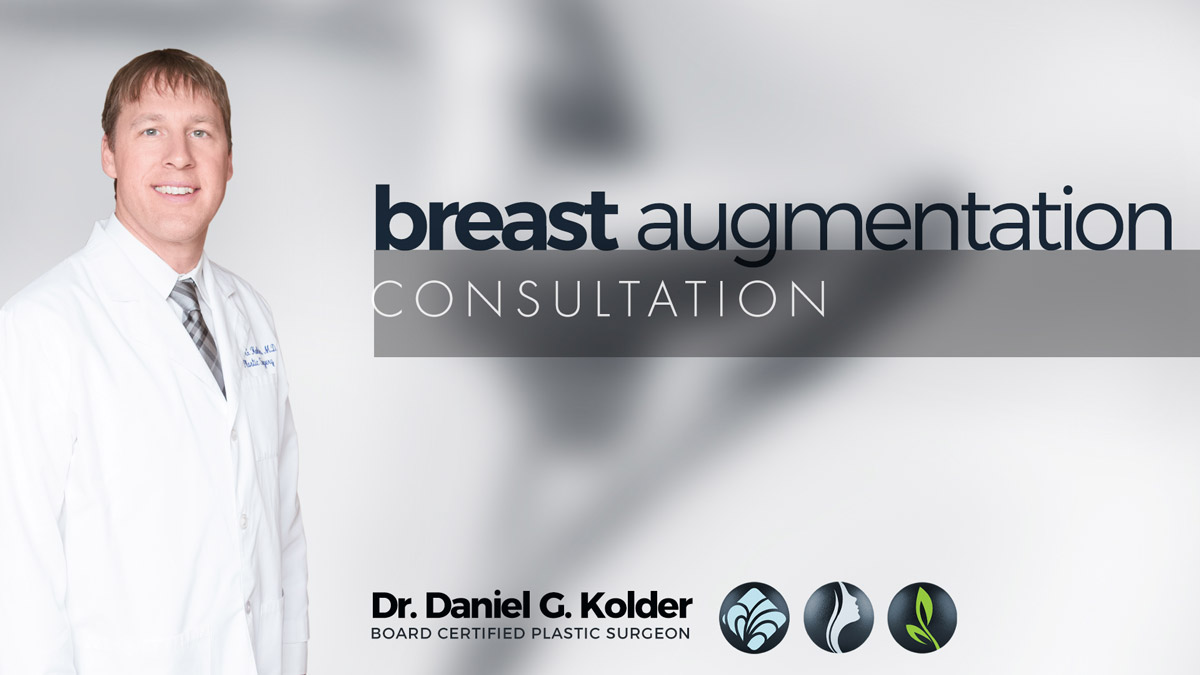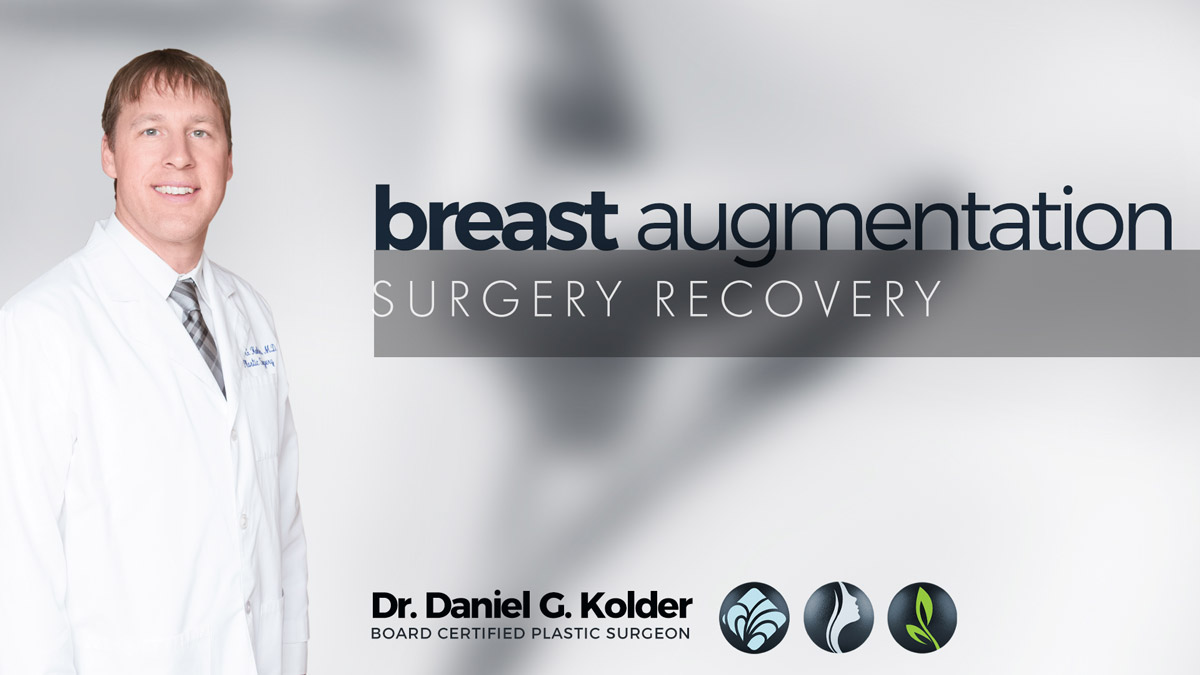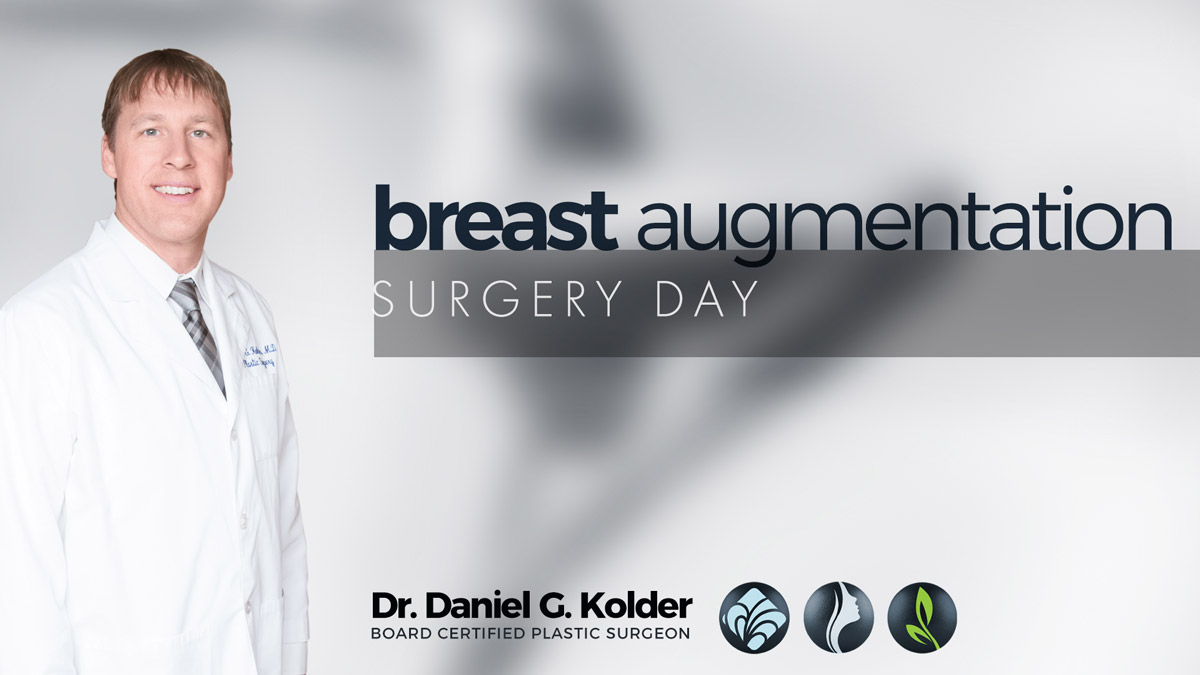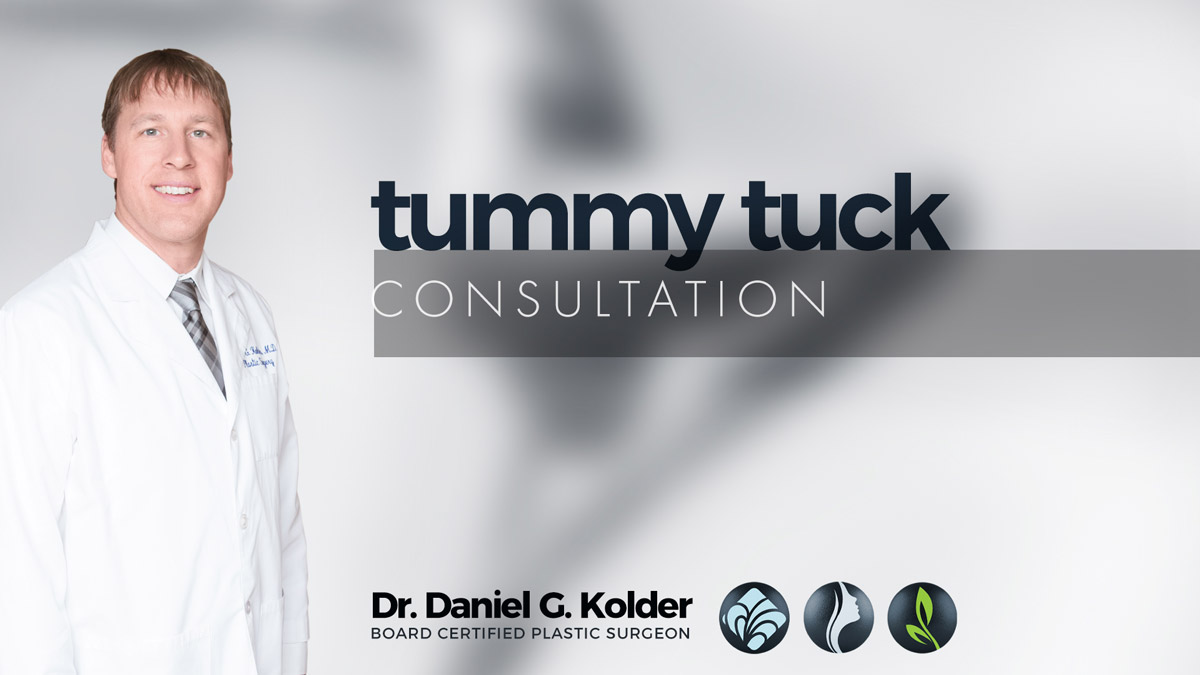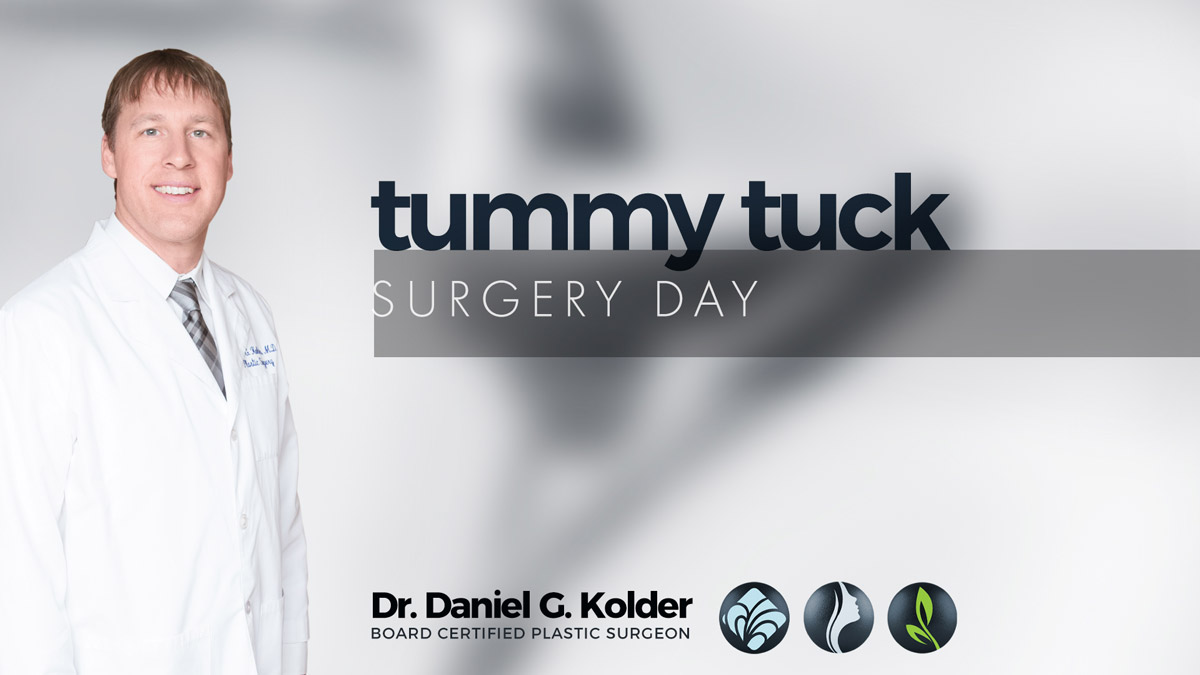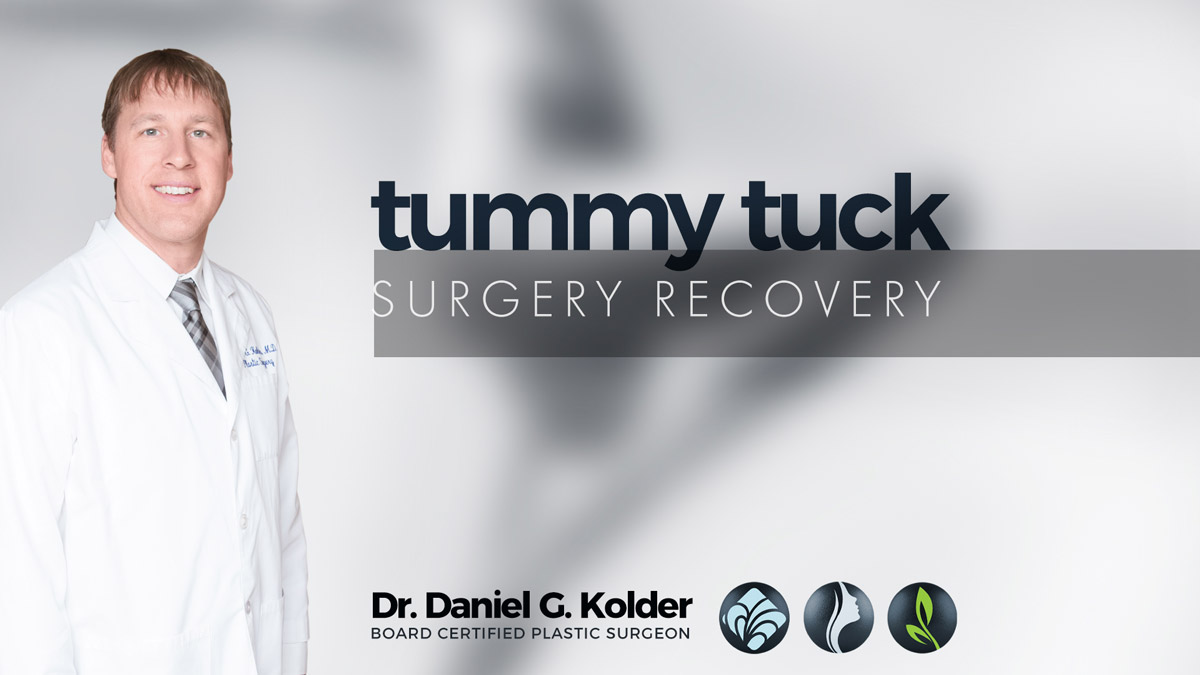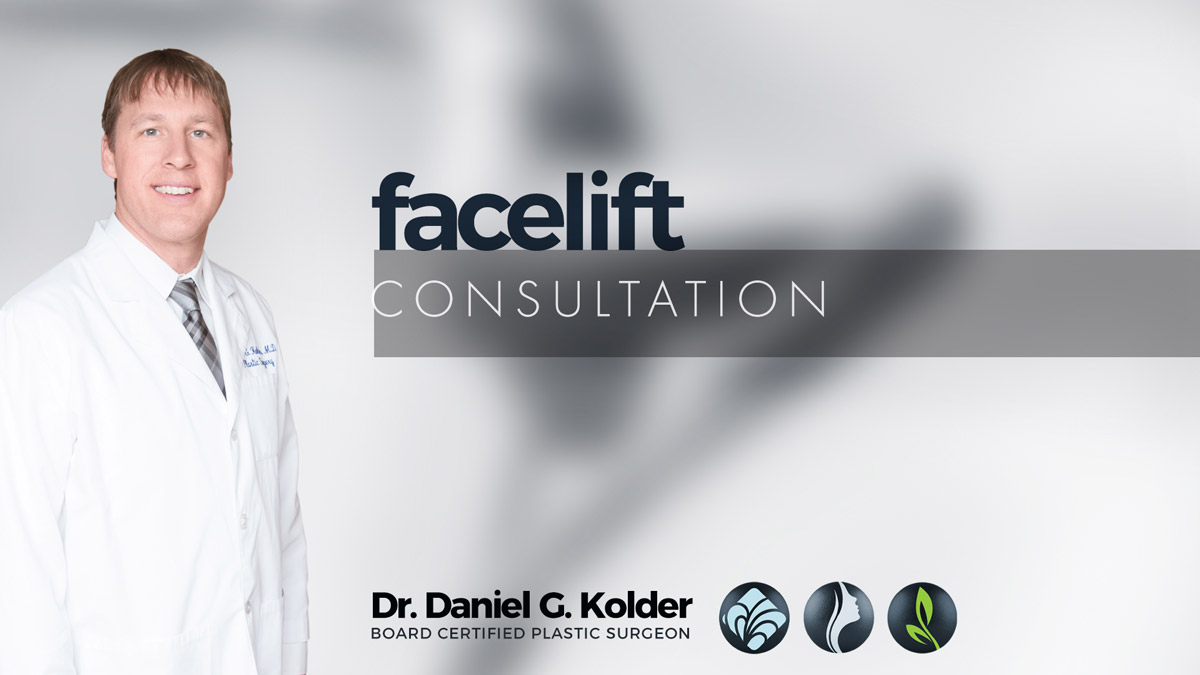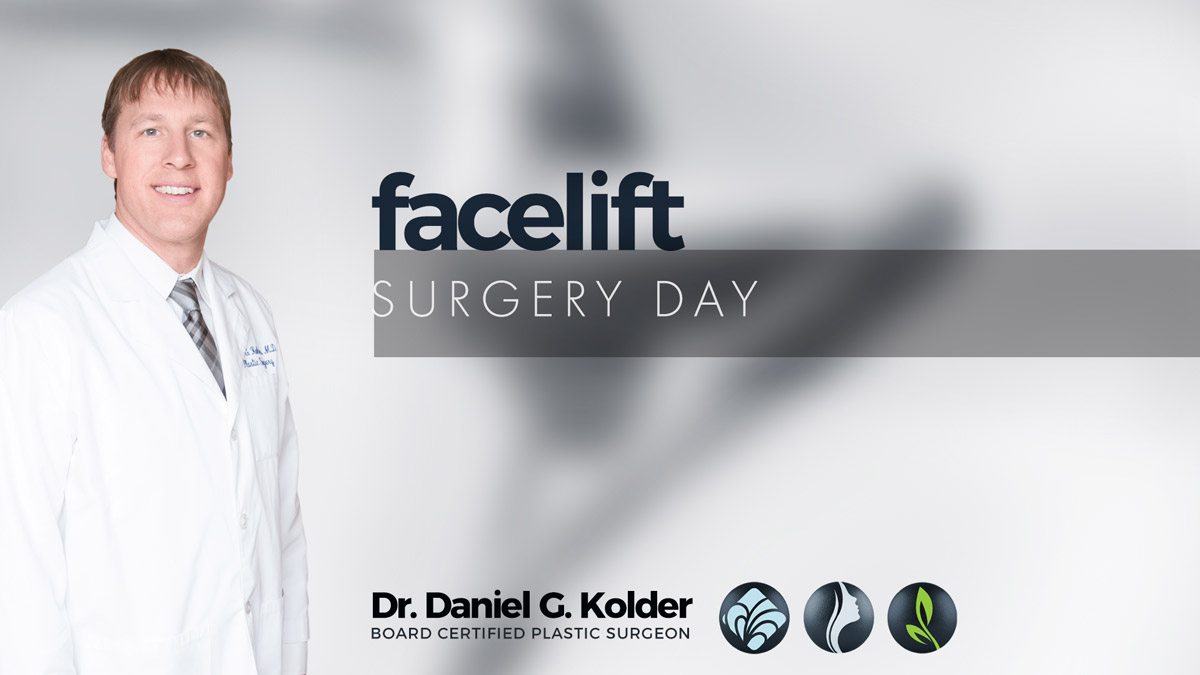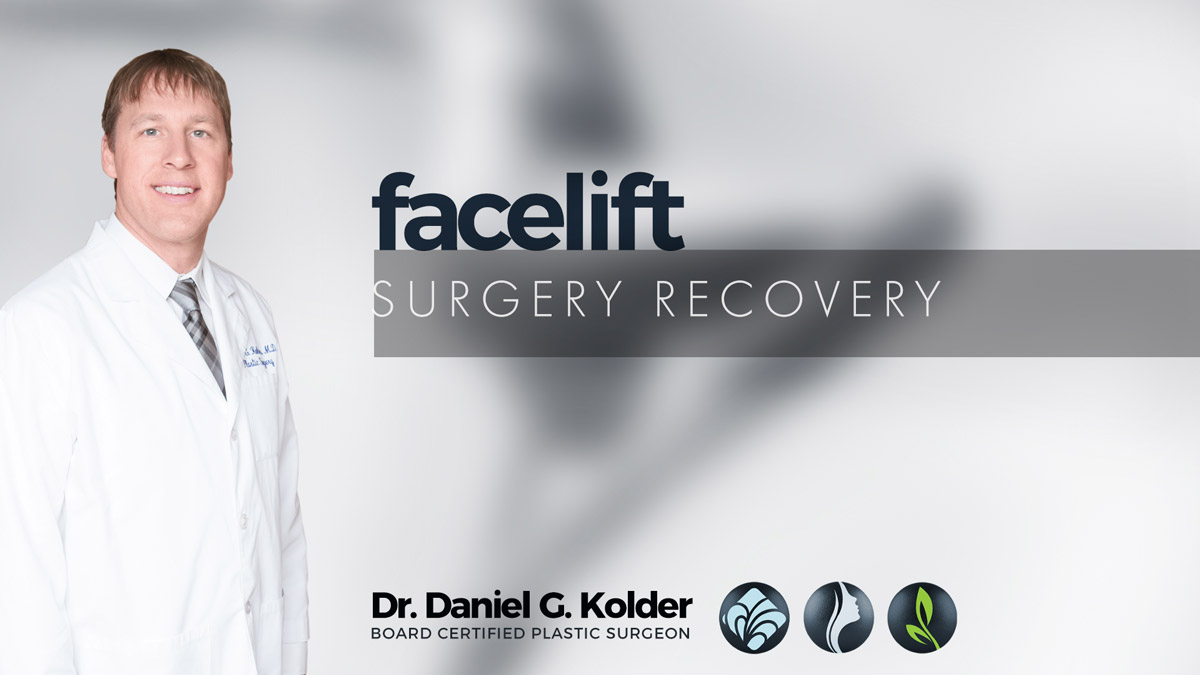mohs
Skin
cancer
surgery
Skin
cancer
surgery
GET SOCIAL WITH US
Dr. Rahil Dharia & Dr. Tiffany Loh are board certified in Dermatology and Micrographic Dermatologic Surgery by the American Board of Dermatology. Both are a fellow of the American Academy of Dermatology and American Society of Mohs Surgery. In order to stay on the cutting edge of dermatology, they regularly attends conferences and advanced training sessions.
Our Dermatologists highly skilled and compassionate about improving the health of her patients. They prioritize educating patients on their skin conditions and providing the comfort of being actively involved in the decision-making process.
Our goal is to provide you with the highest quality care for the treatment of your skin cancer. You have been scheduled for treatment with Mohs micrographic surgery. This is designed to explain the procedure in detail and answer questions commonly asked by patients. Please make every effort to carefully read the instructions for surgery as they contain important information for your upcoming appointment.
A skin cancer that has been biopsied often resembles a “tip of an iceberg” with more tumor cells growing downward and outward into the skin, like roots of a tree. These “roots” are not visible with the naked eye but can be seen under a microscope. Mohs micrographic surgery is a highly specialized and precise treatment for skin cancer in which cancerous cells are removed in stages, one tissue layer at a time. Once a tissue layer is removed, its edges are marked with specially colored dyes, and a map of the specimen is created. The tissue is then processed onto microscope slides by a trained Mohs surgery histotechnician in our on-site laboratory. These slides are carefully examined under the microscope so that any microscopic roots of the cancer can be precisely identified and mapped. When cancer cells are seen, an additional tissue layer is removed only in areas where the cancer cells are still present, leaving normal skin intact. This allows our dermatologists to save as much normal healthy skin as possible.
The term “Mohs” refers to Dr. Frederic Mohs, who developed this surgical technique in the early 1940s. The technique has undergone many refinements & has come to be known as “Mohs surgery” in honor of Dr. Mohs.
Mohs micrographic surgery is safe, reliable, and has a significantly higher cure rate than any other available treatment, even when dealing with difficult cases and those that have failed other forms of treatment. In addition, Mohs surgery is a “tissue-sparing” technique, which allows for selective removal of cancerous tissue while preserving as much normal skin as possible. Mohs surgery is done as a same-day outpatient surgical procedure that eliminates the need for general anesthesia, and operating room or hospital fees. Mohs surgery is performed by our physicians who are both the surgeon and the pathologist and has received specialized training or certification in this technique.
With standard skin cancer excision, only a small fraction of the removed tissue is sampled and examined microscopically by our pathologist to determine whether the cancer is completely removed. In contrast, Mohs micrographic surgery uses specialized laboratory processing techniques so that the entire underside and all edges of the tissue are examined completely under the microscope. This results in a higher cure rate while minimizing removal of normal tissue.
Because Mohs surgery is a highly specialized technique, not all skin cancers require this treatment. Your doctor has referred you for Mohs surgery based on special considerations regarding your skin cancer. Examples include a skin cancer which has “come back” after previous treatment, a tumor with microscopic features suggesting it may be aggressive or have extensive roots, and a skin cancer on the face or other areas in which sparing of normal tissue is essential. Please see “What You Should Know About Your Options for Skin Cancer Treatment’ for additional information.
Our Pacifica Mohs Micrographic Surgery Center is staffed by a team that includes a Mohs micrographic surgeon, surgical technicians, laboratory histotechnician, and office staff who are here to serve you. Dr. Rahil Dharia, & Dr. Tiffany Loh, have had comprehensive specialty training in Mohs micrographic surgery and dermatologic surgery and has surgical experience in successfully treating skin cancer. Our surgical technicians will assist in surgery, respond to your concerns, help answer questions, and instruct you on wound care following your surgery.
Our laboratory histotechnician works in our on-site laboratory and performs the essential task of preparing the tissue slides, which are examined by Dr.Dharia & Dr. Loh under a microscope. Our front office staff is available to answer any questions relating to appointment scheduling, insurance forms, and payments.
Our Pacifica Mohs Micrographic Surgery Center is staffed by a team that includes a Mohs micrographic surgeon, surgical technicians, laboratory histotechnician, and office staff who are here to serve you. Dr. Rahil Dharia, & Dr. Tiffany Loh, have had comprehensive specialty training in Mohs micrographic surgery and dermatologic surgery and has surgical experience in successfully treating skin cancer. Our surgical technicians will assist in surgery, respond to your concerns, help answer questions, and instruct you on wound care following your surgery.
Our laboratory histotechnician works in our on-site laboratory and performs the essential task of preparing the tissue slides, which are examined by Dr.Dharia & Dr. Loh under a microscope. Our front office staff is available to answer any questions relating to appointment scheduling, insurance forms, and payments.
Following your surgery, we will discuss postoperative care with you, and you will be given detailed written instructions on the care of your wound. Swelling and slight bruising are common following Mohs surgery. A “black eye” is common with surgery around the eye, or on the forehead. These symptoms usually subside within 5 to 7 days after surgery and may be reduced by sleeping with your head slightly elevated and by using an ice pack for short periods of time during the first 24 hours.
Restrictions: Depending on the size and location of the wound, Dr. Eleryan may recommend restrictions in your physical activity following the surgery. Details will be discussed with you after the surgery is complete. Depending on the extent of your surgery and the requirements of your occupation, you may wish to take off one or more days from work following your surgery. Many patients are able to return to work the day after surgery.
Pain: In most cases, patients experience very little discomfort after Mohs surgery. We request that you do not take aspirin or ibuprofen-containing drugs for pain control. Extra-Strength Tylenol (acetaminophen) does not contribute to increased bleeding and can be used for discomfort. Additional pain medication may be prescribed.
Potential Complications:
Bleeding: Mild bleeding or oozing at the surgical site is fairly common following Mohs micrographic surgery. When it occurs, bleeding is typically a slow ooze at the wound edges and is best controlled through the use of pressure. If you experience bleeding, you should move to a seated position and apply constant, firm pressure on a gauze pad over the bleeding point for 20 minutes (timed); do not lift up or release the pressure at all during that period of time. If bleeding persists after continued pressure for 20 minutes, remain seated and repeat the pressure for another 20 minutes. If this fails, call our office or phone numbers provided on your postoperative instructions.
Infection: Infection following Mohs surgery is uncommon. A small amount of drainage on the bandage is to be expected. In addition, a small red area may develop around your wound. This is normal and does not indicate infection. However, if the redness worsens and the wound becomes tender, warm or begins to drain thick yellow pus, you should notify our office immediately.
Allergic reaction: Itching and redness around the wound can indicate allergy to bandage materials such as tape adhesive or antibiotic ointment. Following your surgery, you will be given specific instructions for wound care to minimize this risk. If you experience itching or a rash on the rest of your body after you have started an oral antibiotic or pain medication prescribed by Dr. Eleryan, this may indicate a medication allergy. If this occurs, please discontinue the medication and immediately call our office.
Numbness: It is common for the area around the surgery site to feel numb to the touch. This area of numbness may persist for several months before returning to normal or near normal. In rare instances, the area stays numb permanently. In addition, some areas may be sensitive to temperature changes (such as cold air) following surgery. This sensitivity improves with time.
Itching: Patients frequently experience itching after their wounds have healed. This occurs because the new skin that covers the area does not have as many oil glands as previously existed. Plain petroleum jelly will help relieve the itching.
What is Skin Cancer?
Cancer is an abnormal growth of cells at an uncontrolled rate. Left alone, cancerous cells will continue to grow and destroy surrounding normal tissue. The most common cancers that occur on the skin are basal cell carcinoma, squamous cell carcinoma, and malignant melanoma. The names refer to the type of skin cell from which the cancer originates. The growth of a skin cancer is visible on the skin and can often be readily identified in the early stages. Therefore, skin cancer can be more easily cured than other types of cancers.
Will My Skin Cancer Spread to Other Parts of My Body?
This largely depends upon the type of skin cancer you have. In general, basal cell carcinoma is the skin cancer type least likely to spread to other parts of the body. If untreated, it tends to grow locally and can invade surrounding tissue and structures. Squamous cell carcinoma tends not to spread, or metastasize, if treated early. However, if treatment is delayed or neglected, this skin cancer can spread to lymph nodes and other body areas. Malignant melanoma is a skin cancer that can be life threatening if not treated at its earliest stages. If untreated, this skin cancer has the greatest chance of spreading to other organs.
Fortunately, this type of skin cancer is less common than basal cell carcinoma and squamous cell
carcinoma.
What Causes Skin Cancer?
Sunlight: Unlike other forms of cancer, the cause of skin cancer is known. A history of excessive exposure to sunlight is the single most important factor associated with the development of skin cancers on the face (the most common site) and other sun-exposed parts of the body. Tanning booths are another source of the ultraviolet rays that are responsible for causing skin cancer. Fair-skinned people develop skin cancer more frequently than dark-skinned people do. Skin cancers rarely occur in children and tend to occur later in life following decades of accumulated sun exposure. The tendency to develop skin cancer also can be hereditary and occurs very frequently in certain races, especially those with fair complexions. These individuals usually sunburn easily and tan poorly.
Uncommon Causes: Superficial X-rays, which were used many years ago as treatment for certain skin diseases, such as acne and “ringworm,” have sometimes been linked to skin cancers occurring in the treated areas many years later. Routine X-rays, such as chest and dental X-rays are not associated with skin cancer. Trauma (burns or scars), certain chemicals, and rare inherited conditions may also contribute to the development of skin cancer. Finally, patients who have undergone organ transplantation or have other forms of immunosuppression are often at increased risk for developing skin cancer.
Why Do I Need a Biopsy?
There can be other benign growths, or lesions, on the skin, which resemble skin cancer. Since there are different treatment options for the many different types and subtypes of benign and malignant skin lesions, a biopsy of any suspicious lesion is performed prior to treatment with Mohs Micrographic Surgery.
I Don’t See Anything Left After My Biopsy. Do I Really Need to Treat This?
Yes. Following a biopsy, your skin cancer may no longer be visible. However, the surface lesion that was removed can represent the “tip of an iceberg.” More tumor cells often remain in the skin. These can continue to grow downward and outward, like roots of a tree. These “roots” are not visible with the naked eye. If they are not removed, the tumor will likely reappear and require more extensive surgery.
Tumors that are neglected can spread deeply into the skin and invade nearby structures. Rarely, these cancerous cells can metastasize and spread to lymph nodes and other organs in the body.
You should plan on spending the entire day with us. The area around the site of your skin cancer will be anesthetized (numbed) with a local anesthetic. Once the area is numbed, a thin layer of tissue will be removed and any bleeding will be controlled. The tissue will be mapped, color-coded, and sent to our on-site Mohs laboratory to be processed onto microscope slides. A bandage will be placed over the wound, and you will return to the waiting area.
On average, it takes an hour for the slides to be prepared and studied. Occasionally, tissue requires special attention and may take longer for processing or examination. If there is cancer still present, an additional layer, or stage, is taken. Most Mohs surgery cases are completed in two or three stages.
Therefore, Mohs surgery is generally completed in one day. Occasionally, however, a tumor may be extensive enough to necessitate continuing surgery a second day. Once the tumor has been cleared, surgical repair of the skin will require additional time.
What Happens After the Tumor Has Been Removed?
After the skin cancer has been completely removed, you will have a surgical wound. Dr. Eleryan will discuss your options with you and make recommendations. At this point, optimizing the wound healing and final cosmetic result of your surgery becomes our highest priority. The wound can be treated in one of several ways:
What is “Healing By Second Intention?”
Occasionally, a wound is allowed to heal in by itself without stitches. This is referred to as “healing by second intention.” In certain areas of the body, nature will heal a wound as nicely as a surgical procedure involving stitches. In other areas of the body, healing by second intention is avoided since unacceptable scars can result. Use of this option for healing will depend on the size and location of your wound following surgery.
If a wound is allowed to heal by itself, the dressing must be changed every day until healing is complete. The surgical staff will teach you how to change the dressing and will give you printed instructions. If a wound is allowed to heal by second intention, it usually heals in four to eight weeks, depending on the size of the wound and on how quickly an individual tends to heal.
What Happens if the Wound is Closed with Stitches?
Wounds are often closed with stitches. This speeds healing and can optimize the cosmetic result.
For example, a scar can be camouflaged into a facial line or wrinkle line. The resulting line of stitches tends to be longer than the length of the original wound. This is done to avoid unnatural puckering and dimpling of the skin that would occur if the incision were not lengthened.
The surgical staff will teach you how to change the dressings daily and provide you with printed instructions. You will be given specific activity restrictions. The stitches will need to be removed in 7 to 14 days, depending on the location. If you are traveling to us from a long distance, removal of stitches at the office of your referring physician can sometimes be arranged.
Mohs surgery is a highly specialized technique and not every skin cancer requires this treatment. Your physician has referred you for Mohs surgery because your skin cancer falls into a category requiring specialized treatment. Common indications for Mohs surgery are listed below:
Common Indications for Mohs Micrographic Surgery:
For many skin cancers, Mohs surgery may not be indicated, and there are several effective methods available for treatment. The treatment choice depends on many factors including size, location, previous treatment, and tumor type. When detected early, most skin cancer treatments respond to common treatment procedures including:
Electrodessication and curettage- This commonly used treatment, also known as ED&C, involves scraping away a cancerous tumor and its extensions. An advantage of this method is that it is relatively quick with an easy recovery. The disadvantages of this method include a slightly lower cure rate since no tissue is available for microscopic examination to ensure that all the cancer has been removed. Depending on the area treated, a round, whitish scar may result.
Cryosurgery-This treatment method involves the prolonged application of liquid nitrogen on cancerous tissue and the surrounding area. Like electrodessication and curettage, an advantage of this method is that it is relatively quick and simple. The disadvantages of this method include. a slightly lower cure rate with no tissue available for microscopic examination to ensure that all the cancer has been removed. In the area treated, a round, whitish scar may result.
Radiation therapy- This method involves a series of treatments using X-rays to treat the skin cancer. Radiation is sometimes used along with surgical treatment of an aggressive skin tumor to obtain a higher cure rate. Radiation therapy can also be used alone in cases where the skin cancer may be inoperable. The disadvantages of this method include the inconvenience of multiple treatment sessions, a lower cure rate when used alone, and damage to the surrounding normal tissue. In addition, there may be an increased long-term risk of developing additional cancers within the treated area as a result of radiation damage.
Topical irnmunomodulating agents- Topical agents can be used to treat skin cancer by application of the drug to the cancer over a period of 6-8 weeks. One advantage is that these drugs are relatively simple to use and can be applied by the patient at home. The disadvantages include a lengthy treatment course, and the risk of burning and pain associated with treatment. In addition, there is a lower cure rate since no tissue is available for microscropic examination to ensure that all the cancer has been removed. Finally, these drugs may not be FDA-approved to treat certain skin cancer types.
Standard surgical excision- This is a common skin cancer treatment in which cancerous tissue is cut out along with a portion of normal skin. The tissue is then sent to a laboratory where the tissue is processed by slicing it vertically, similar to cutting several slices from a loaf of bread. Excision is commonly done in the outpatient office setting where it may take up to one week to find out if the skin cancer is completely removed. If surgical excision occurs in the operating room setting, under general anesthesia, it may take less than 1 to 2 hours to determine if the skin cancer is completely removed. In either of these settings, only the sampled sections of the tissue are examined by a pathologist. Therefore, the cure rate is slightly lower than with Mohs micrographic surgery, in which the entire underside and all edges of the tissue are examined completely under the microscope.
Call Our Office NOW to Schedule Your Appointment 805 430 0002
As a highly trained plastic surgeon, Dr. Kolder’s specialties include:
Tummy Tucks + Liposuction + Breast Augmentation + Breast Lifts + Breast Reduction + Facelifts + Armlifts + Upper & Lower Blepharoplasty, as well as a variety of non-surgical aesthetic procedures. Dr. Kolder is also known to have a warm, easy manner, compassionate care, with surgical results that are beautiful and natural.
“I was so pleased I chose to go to Dr Kolder! Not only do I love his staff, they are so helpful, efficient and just plain fun to talk to, Dr. Kolder makes you feel at ease with his knowledge and disposition. My surgery results were amazing and my recovery was made easy knowing I could call any time and get immediate attention and information. I highly recommend Dr. Kolder and his entire staff…”

